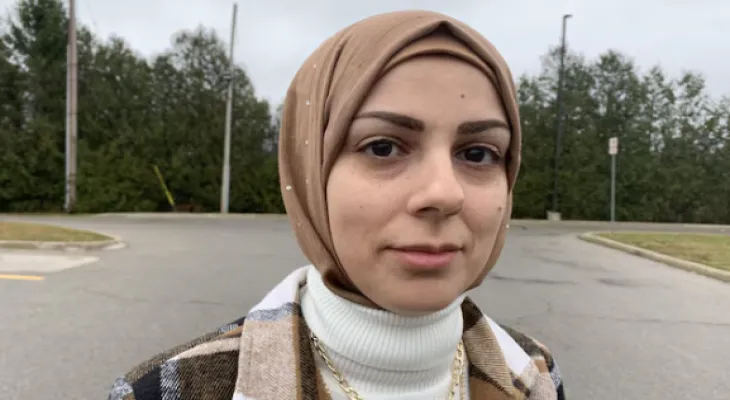Search here
Newspaper
Search here

Arab Canada News
News

Published: March 6, 2024
Many Canadians across the country have condemned harassment, abuse, and discrimination present in the world of sports. This type of behavior is not only found in competitive sports but also in recreational sports. This discrimination takes various forms and represents an obstacle to practicing sports activities among certain groups of people, such as LGBTQ+ individuals and those of different ethnic backgrounds, to name but a few.
A report issued by Statistics Canada on Monday indicated that these practices were uncovered after a series of investigations conducted with athletes and their communities between November 27 and December 17, 2023, regarding community sports participation and related experiences. The investigation results specifically concern unfair treatment, racism, and discrimination present in the Canadian sports world.
Nearly 1 in 5 people say they have been victims of or witnessed unfair treatment, racism, or discrimination in a sports context in the past five years.
In 2023, a quarter of Canadians (25%) believed that racism and discrimination were a problem in community sports in Canada. Additionally, 18% of all Canadians who participated in sports activities and were surveyed in 2023 reported that in the past five years, they had been victims or witnesses of unfair treatment, racism, or discrimination in sports activities.
Victims of discrimination also belonged to specific groups; for example, LGBTQ+ Canadians (42%) were twice as likely to experience or witness such behavior compared to others (17%).
The investigations also noted that younger individuals were more likely to encounter discriminatory behavior.
Data also indicate that people belonging to various ethnic and racial groups (26%) are more prone to racism and discrimination than others (15%).
This was especially true for Black people (34%), Filipinos (32%), and Koreans (32%), who were among the most likely to report experiencing or witnessing such behavior.
The primary reason for discrimination, particularly mentioned by victims and witnesses of discriminatory acts from athletes, was race or skin color, followed by physical appearance and then ethnic or cultural background.
Several other victims of discrimination mentioned gender (23%), language (22%), religion (21%), and sexual orientation (20%) as reasons explaining the discriminatory acts against them.
The most common types of reported discriminatory acts were bullying through jokes, hurtful remarks, insults, or mockery, as well as ignoring or excluding from conversations or group activities and other humiliating practices.
A significant proportion of victims and witnesses reported experiencing or witnessing threats or harassment (20%) and physical assaults (8%).
It should be noted that many incidents of racism, discrimination, and unfair treatment are not reported, either by victims or witnesses. However, nearly a quarter of victims and witnesses (23%) stated that they officially reported at least one incident by filing a complaint or official report. A larger percentage of victims and witnesses (35%) reported informally, such as telling a teammate, friend, or family member about the incident or discussing it on social media.
In Toronto, the capital of Ontario, a survey conducted late last year with over 10,000 young athletes indicated that nearly 40% of Ontarians aged 6 to 10 were targets of racism or discrimination in the sports world in 2023.
Ronnie O’Connor, a hockey coach in Toronto, comments: "It’s frankly frustrating; feeling a lack of belonging is painful and undermines self-confidence and self-esteem, all those things that allow people to connect with each other."
Comments